KIT team designs low-cost photoreactor for efficient solar-driven synthesis
Green Car Congress
JUNE 24, 2023
Researchers from the Karlsruhe Institute of Technology (KIT) and their Canadian partners have designed a low-cost photoreactor design for solar-driven synthesis. The photoreactors have a low level of complexity, are readily manufacturable via mass fabrication techniques in polymers, and are easy to adapt to diverse photocatalysts.





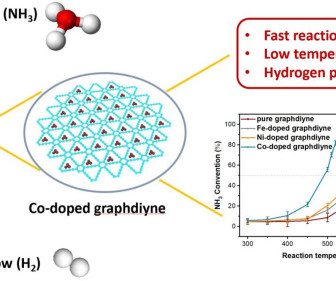
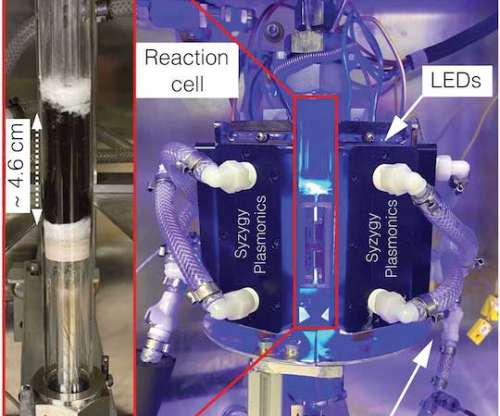


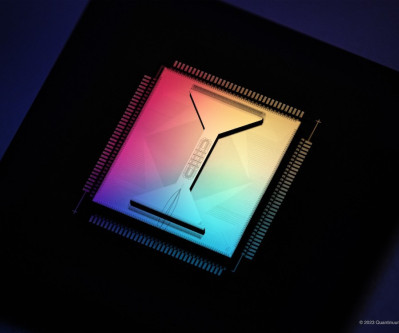












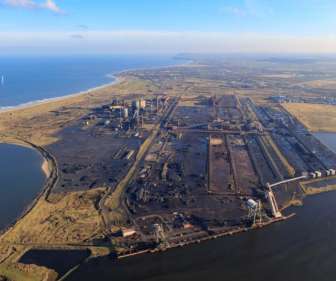






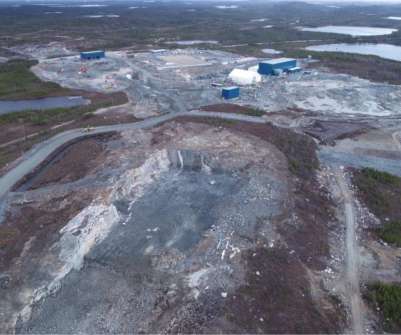
















Let's personalize your content